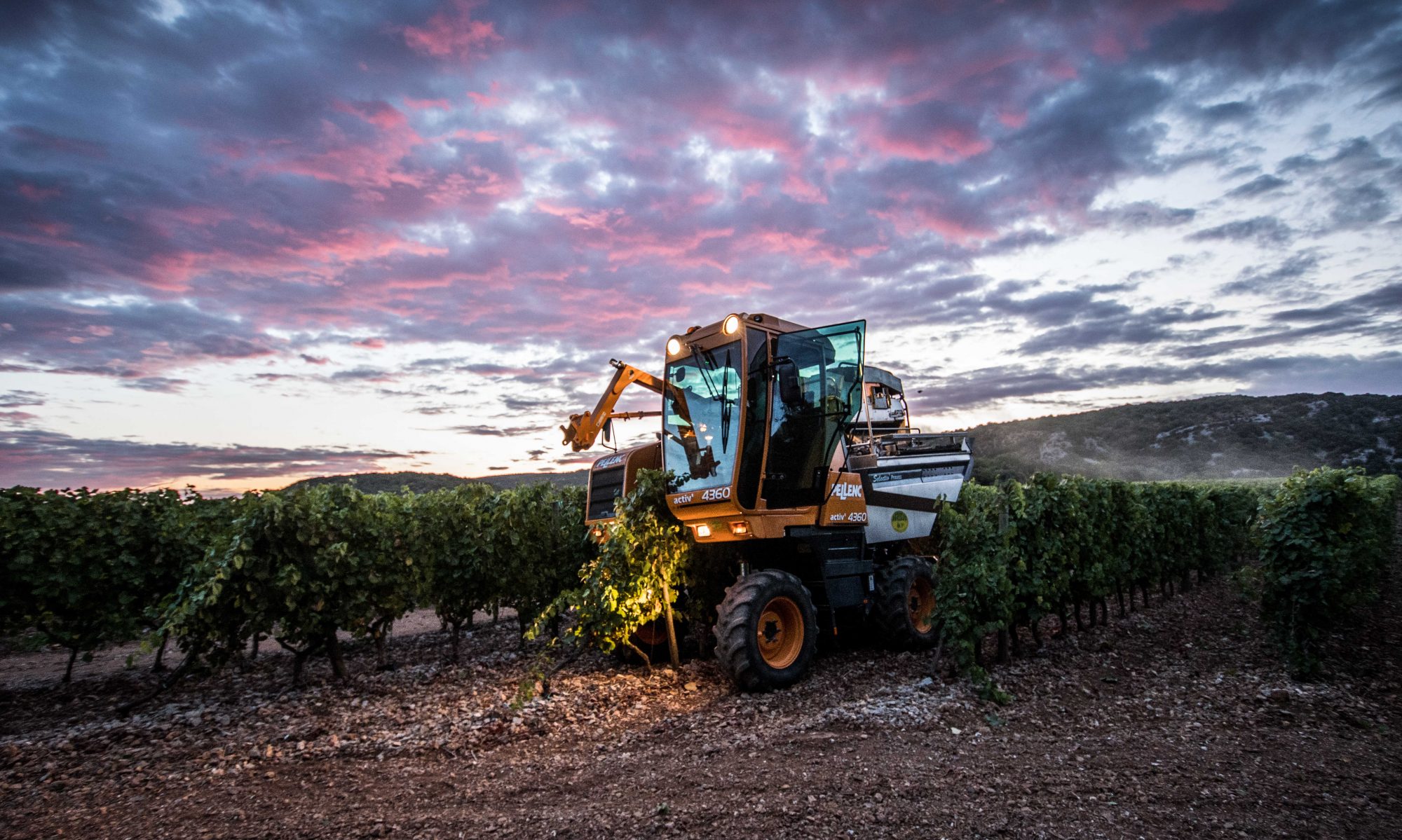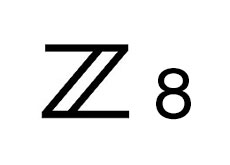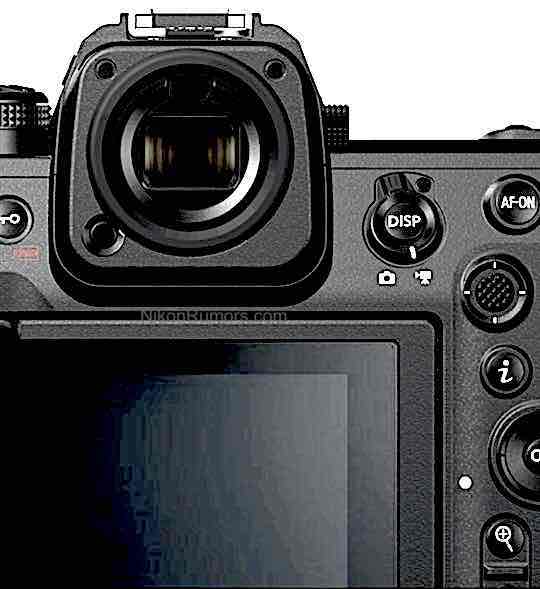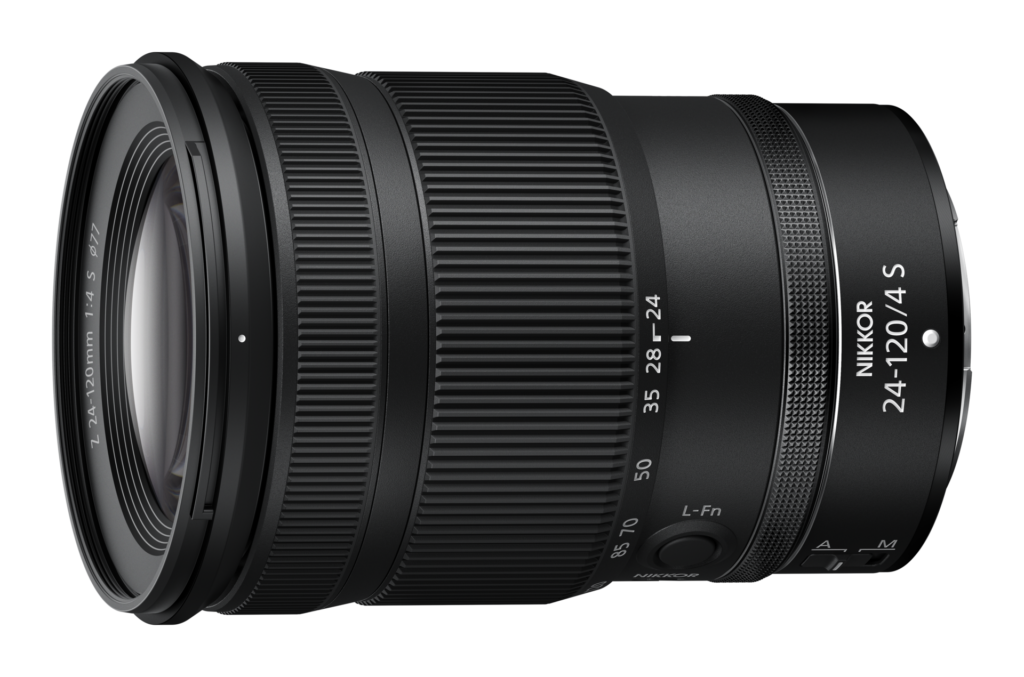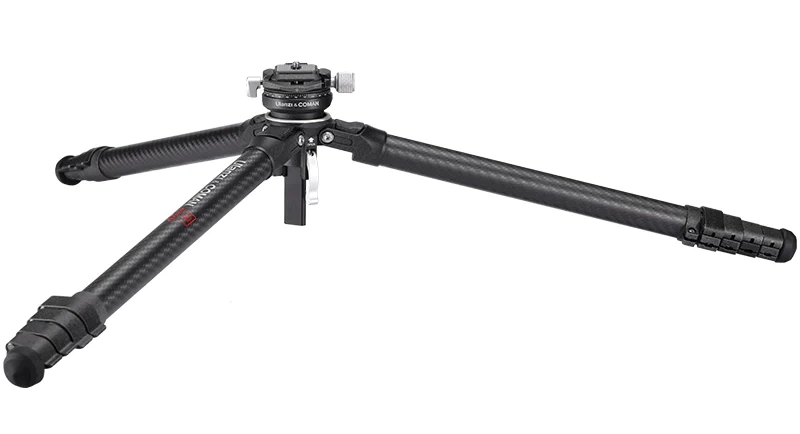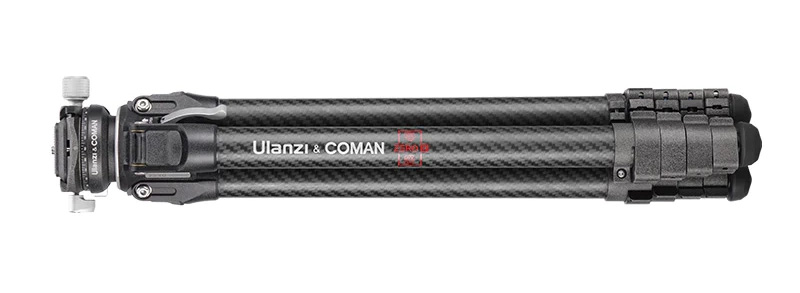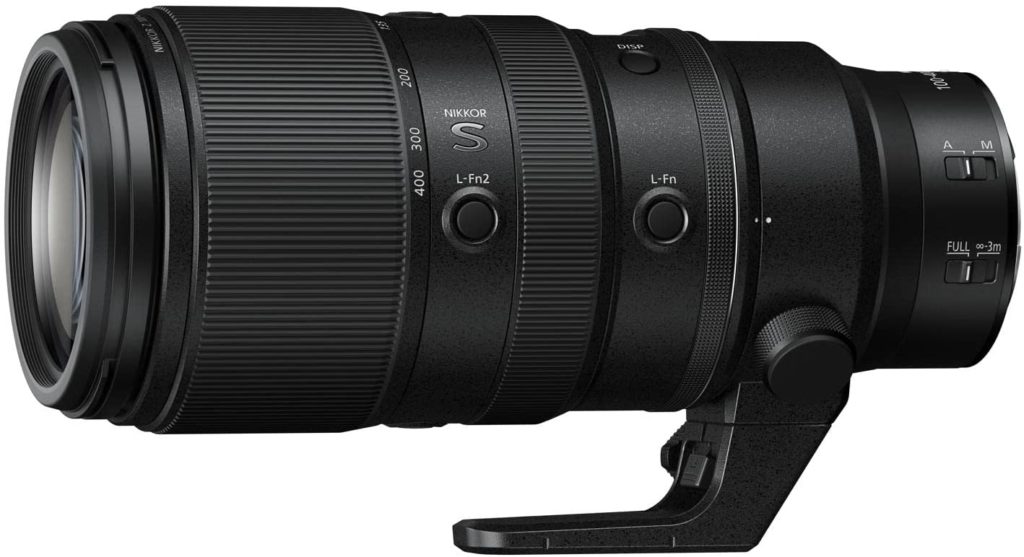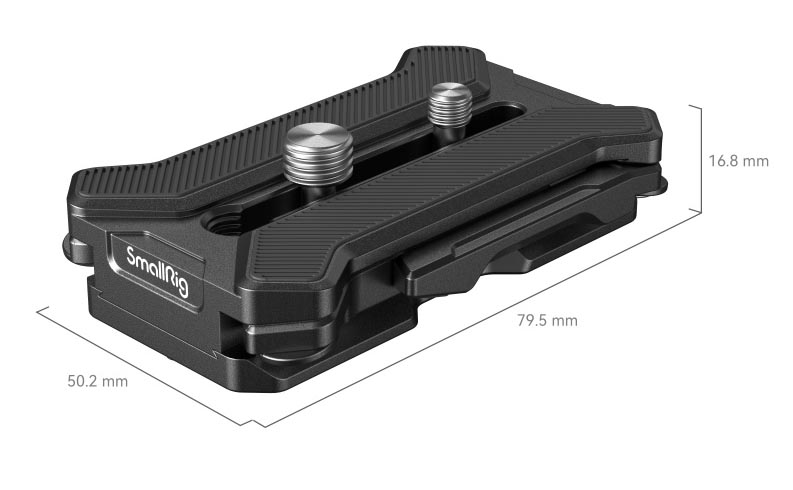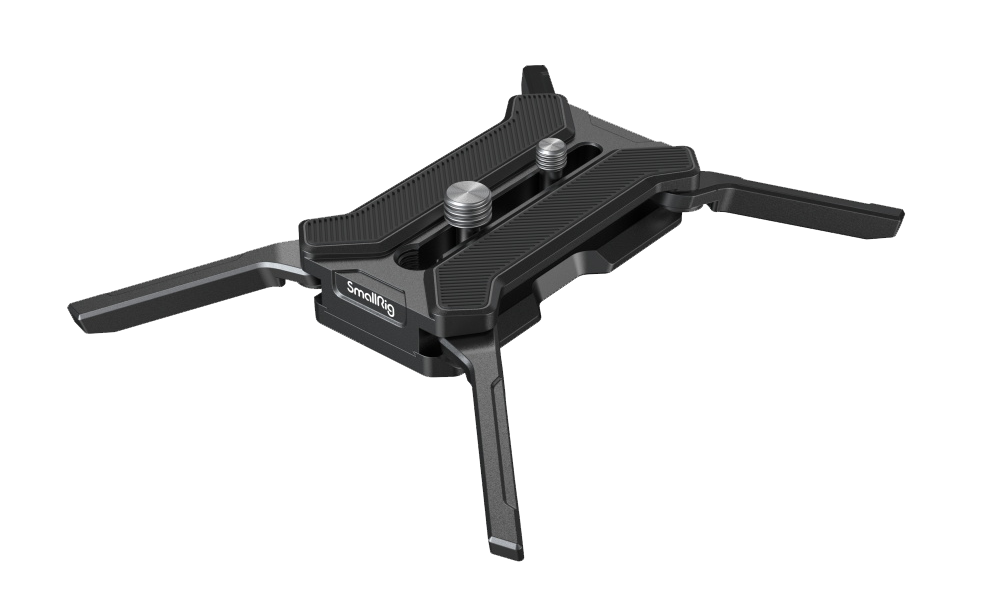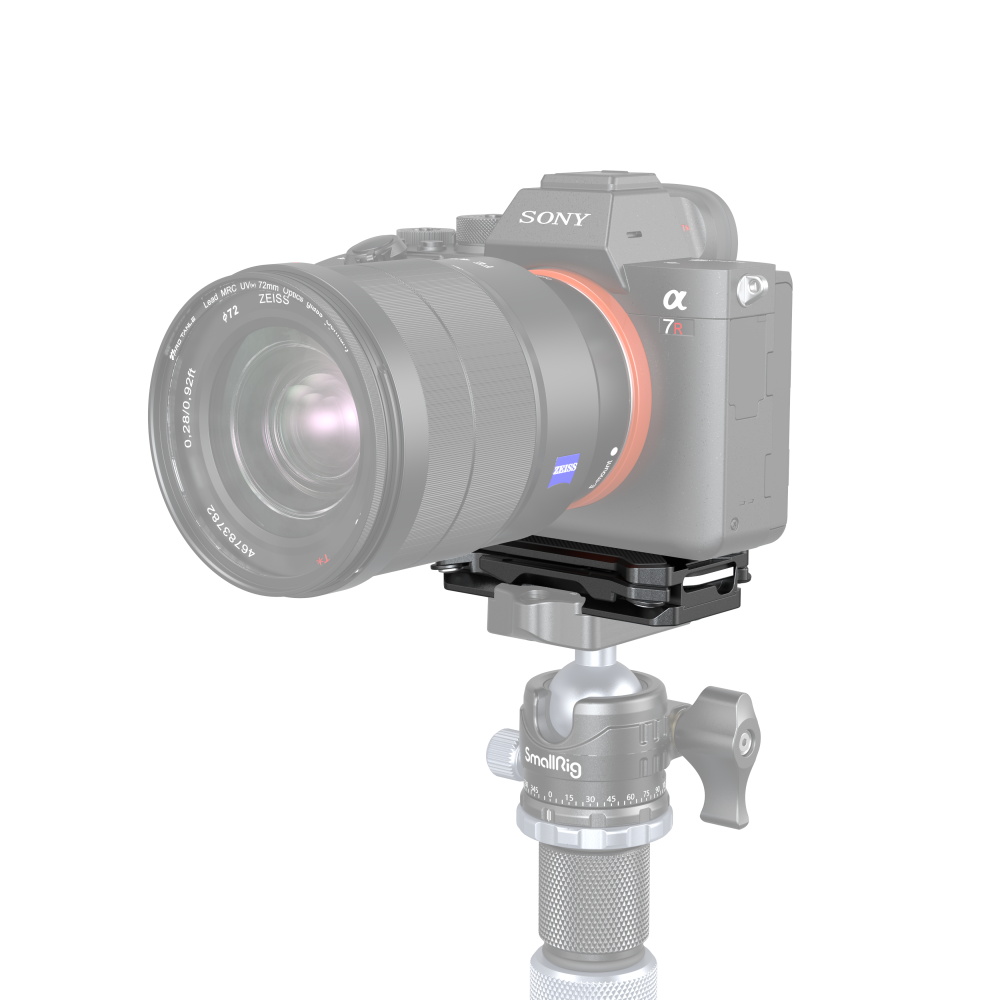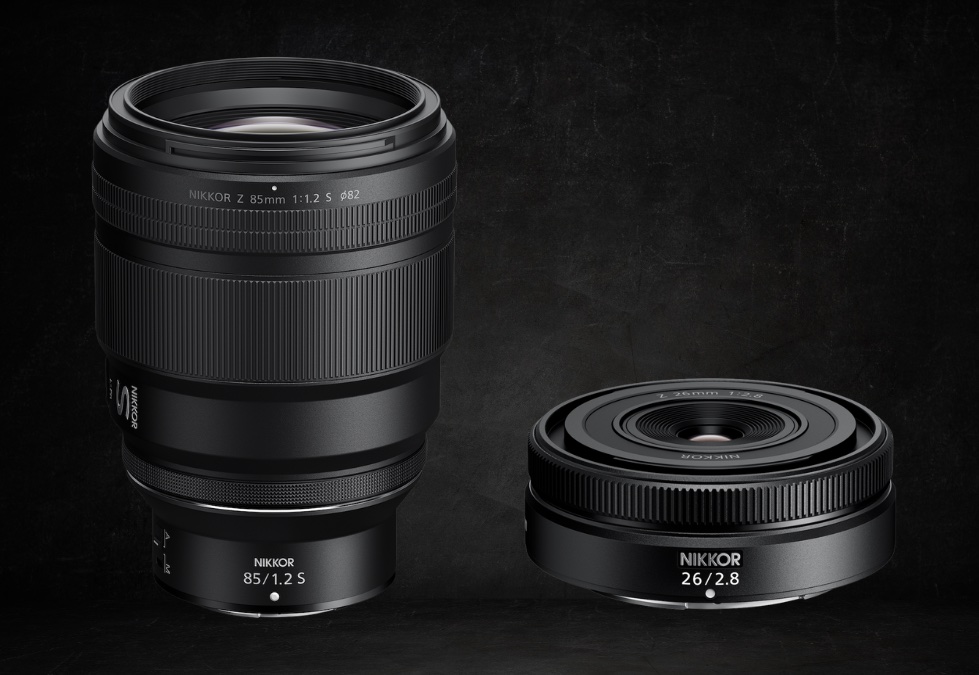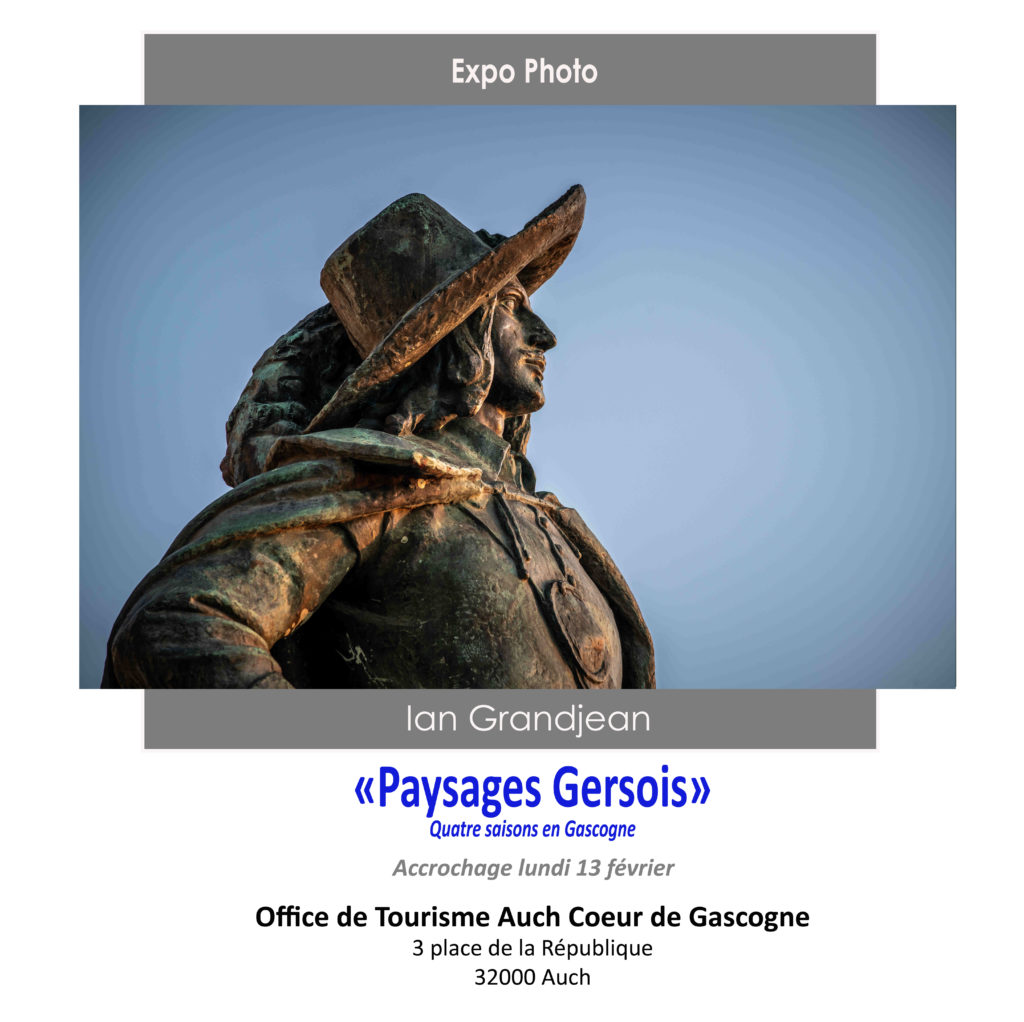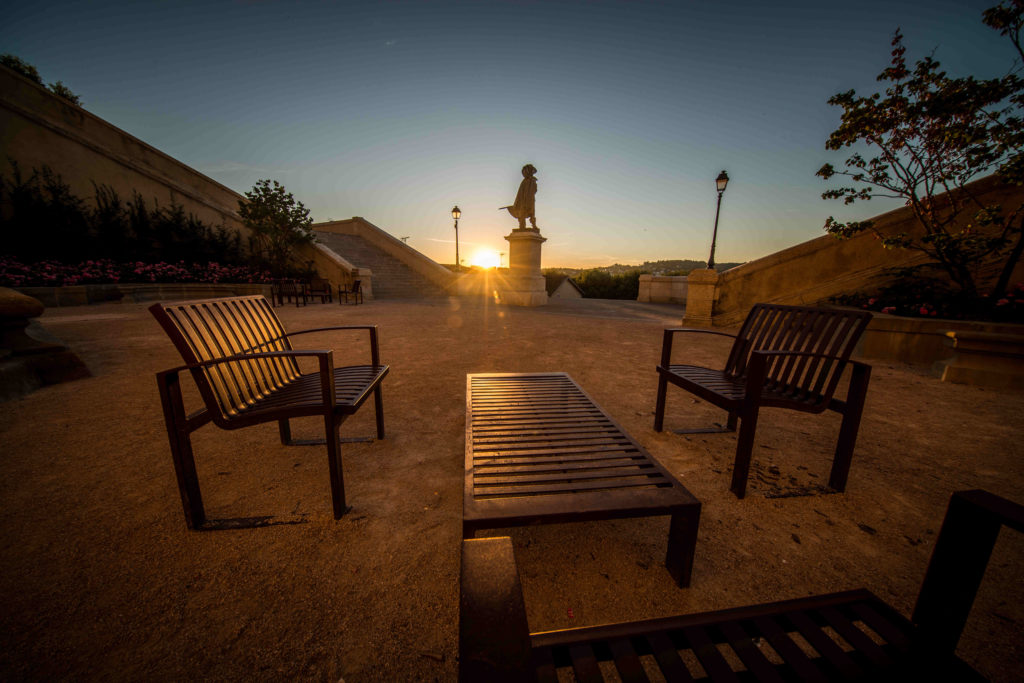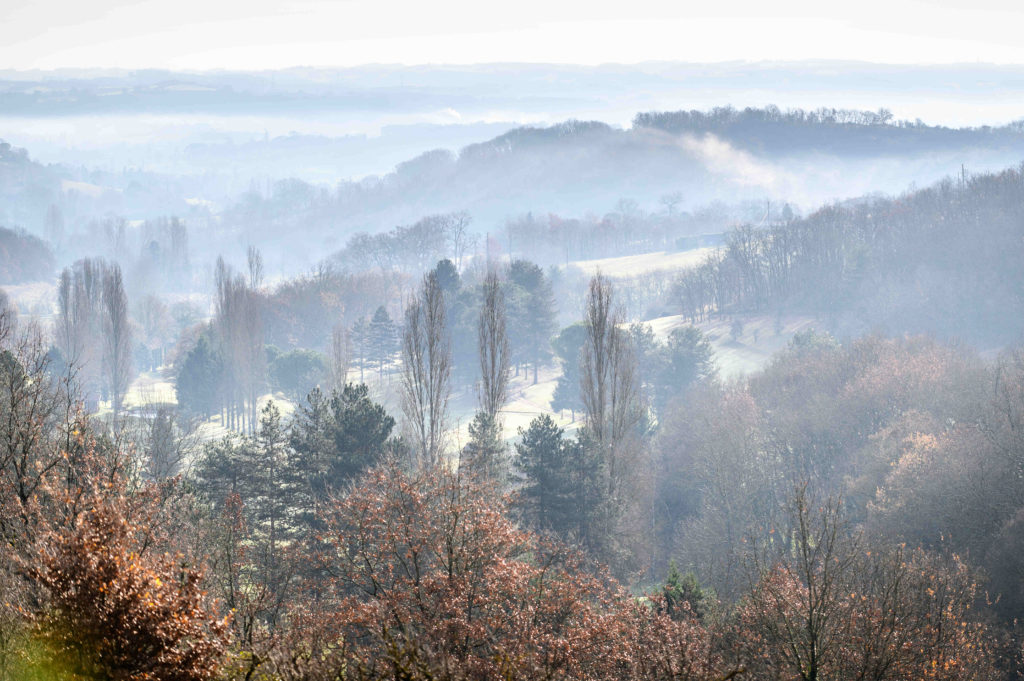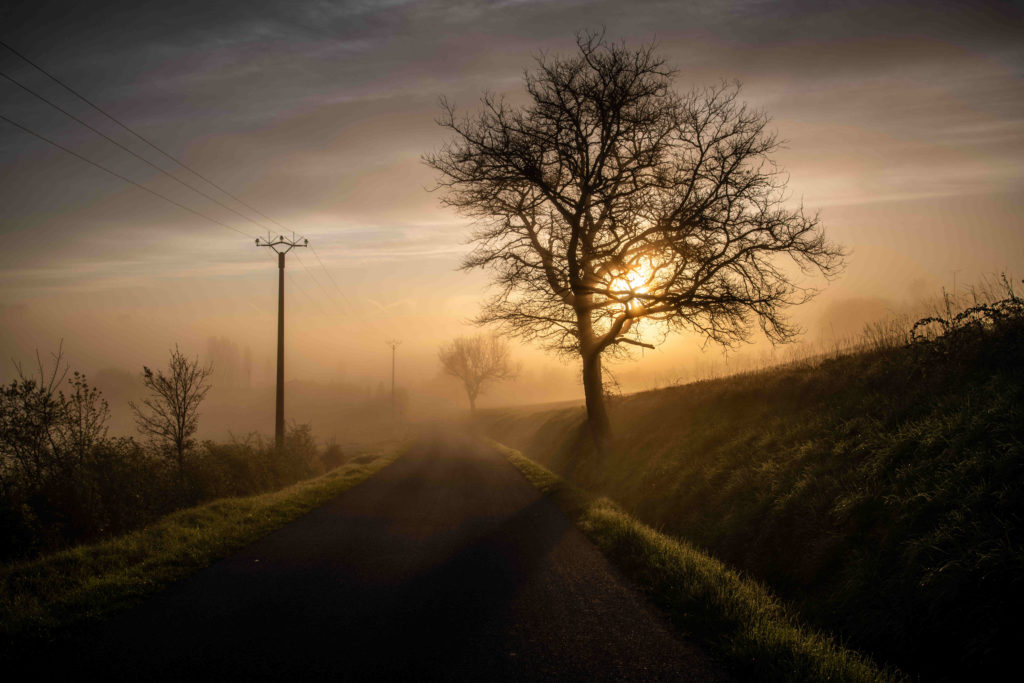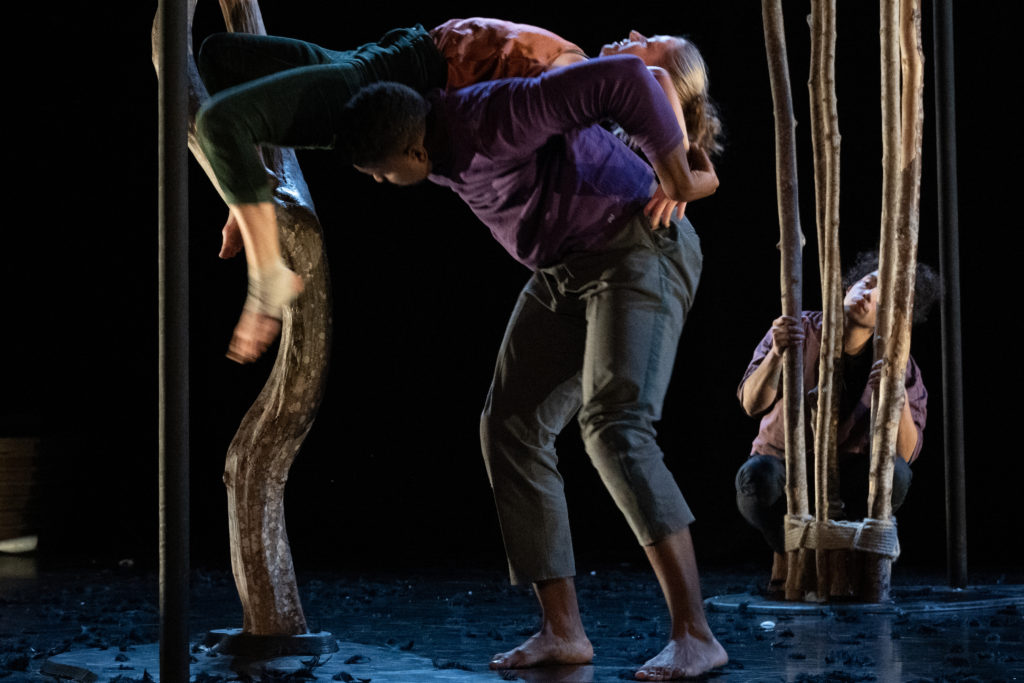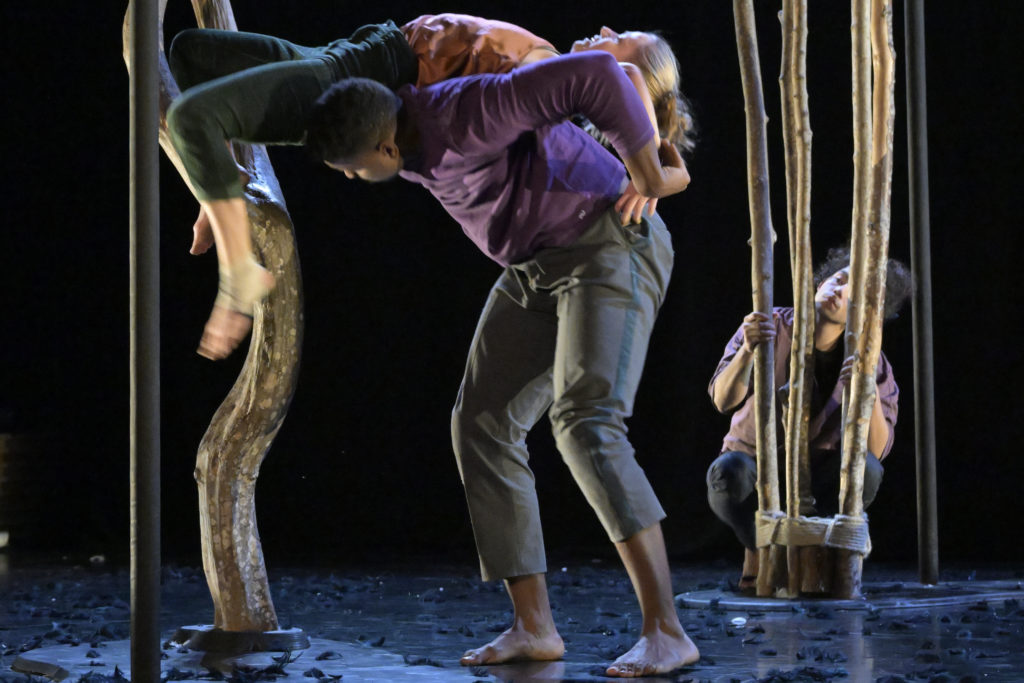While this sort of thing has been going on for years, with the global reach of the Internet, the phenomena has reached epic proportions – a recent example: one of the Beckham brood has decided that after being a photographer, he’s now turning his hand to being a chef.
He sadly has no particular skill, and regularly cocks up pretty much anything he tries to make, so I can only assume he’s making these videos to amuse himself – as visibly every comment I’ve read seems to rate him as a total plonker.
I got to thinking about this, the Kardasians, B-movie actress Meghan Markel and her soppy husband etc. etc. and the penny finally dropped – these idiots who seem to share 2 brain cells between the whole lot of them, have been ‘created’ to make the rest of the world feel much better about themselves – in effect, we should ‘thank’ them for being so monotonously stupid, as it’s a way for the rest of the mere mortals on this planet to realise that we are NORMAL (and they are daft – have you seen yourself when you’re drunk?)
It’s obviously SO important to sell newspapers that the Daily Mail and suchlike publish ‘stories’ (therein lies the clue) about the Kardashian clan – a group of peculiar shaped women with a VERY distorted view of, well, anything really. One of them farts and it’s front page news. Frankly if I had an arse the size of Texas I’d probably being trying to cover it up – not the Kardashians…
An unidentifed Kardashian back from a trip to the Botox shop…
Anyway, back to Dimwit Beckham, the photographer famous for this…
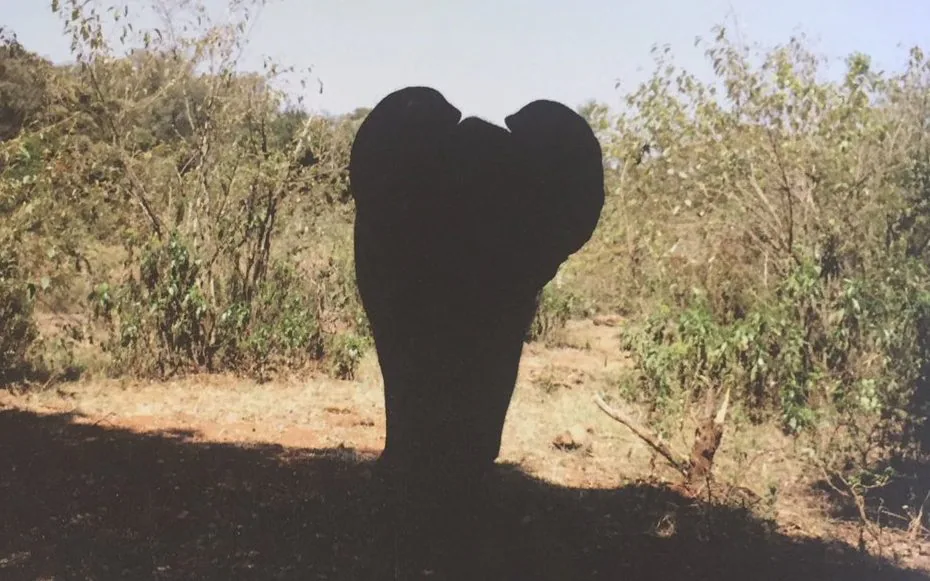
…apparently it’s an elephant.
Keep trying mate – next on the menu, how to cook cornflakes….
